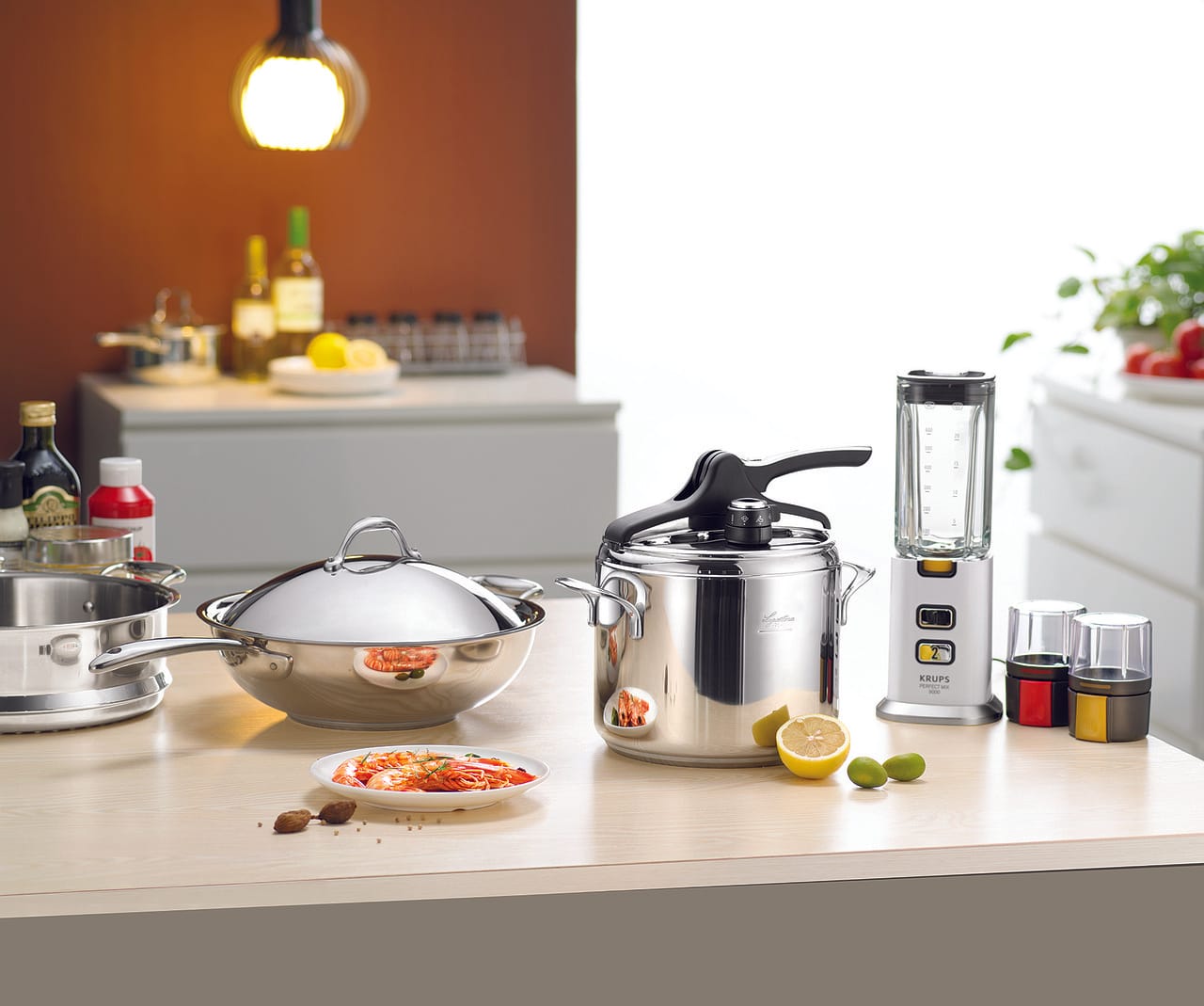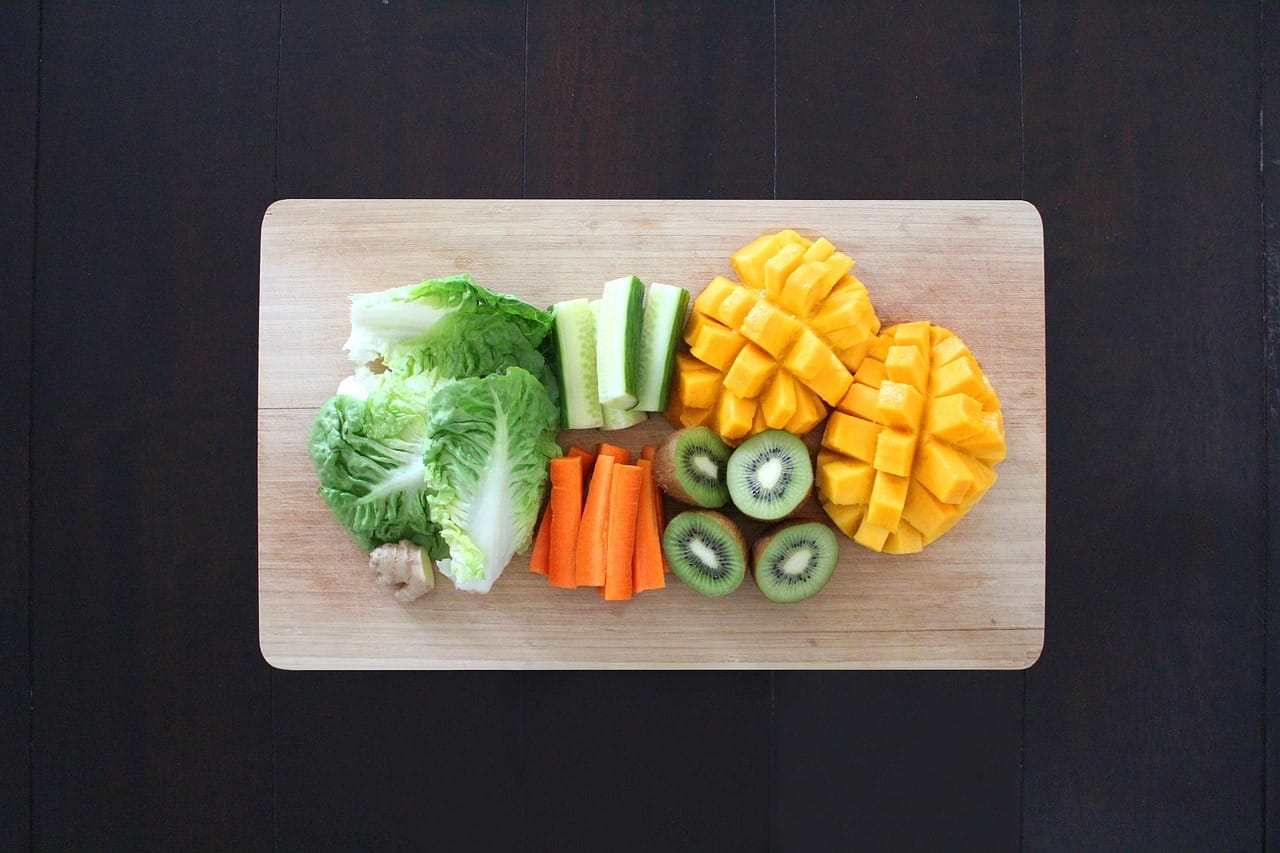Omelets: the quintessential breakfast, brunch, and even dinner dish! Versatile, customizable, and quick to make, the humble omelet transcends culinary boundaries. Whether you’re a seasoned chef or a novice cook, mastering the art of the omelet is a surefire way to impress your taste buds and elevate your cooking skills. This guide will walk you through everything you need to know, from choosing the right ingredients to perfecting your technique, ensuring fluffy, delicious omelets every time.
What is an Omelet? A Culinary Canvas
The Omelet Defined
At its core, an omelet is a dish made from beaten eggs cooked in a pan – typically fried – with fillings folded into the center. Unlike scrambled eggs, omelets are cooked mostly undisturbed to form a cohesive, slightly firm structure. The fillings can range from cheeses and vegetables to meats and herbs, making the omelet a blank canvas for culinary creativity.
A Global Gastronomic Treasure
Omelets aren’t just a breakfast staple; they’re a global culinary phenomenon. Different cultures have their own unique versions: from the French omelette, known for its smooth, unbrowned surface and soft interior, to the Spanish tortilla, a thick potato and egg omelet. These variations highlight the omelet’s adaptability and enduring appeal.
Mastering the Basics: Ingredients and Equipment
Essential Ingredients
The foundation of a great omelet lies in using quality ingredients.
- Eggs: Fresh, high-quality eggs are paramount. Free-range or organic eggs often have richer yolks and a better flavor.
- Dairy (Optional): A splash of milk, cream, or even sour cream can add richness and creaminess to the eggs. About 1 tablespoon per two eggs is usually sufficient.
- Seasoning: Salt and freshly ground black pepper are essential. Consider adding other spices like paprika, garlic powder, or onion powder to enhance the flavor.
- Fat: Butter is a classic choice for cooking omelets, imparting a rich, nutty flavor. Olive oil or cooking spray can also be used.
- Fillings: The possibilities are endless! Cheese, vegetables (mushrooms, onions, peppers, spinach), meats (ham, bacon, sausage), and herbs are all excellent options.
Key Equipment
Having the right equipment can make the omelet-making process smoother and more efficient.
- Non-stick skillet: A good quality non-stick skillet, typically 8-10 inches in diameter, is crucial for preventing the omelet from sticking and tearing.
- Whisk: A whisk is used to thoroughly combine the eggs and dairy (if using).
- Spatula: A flexible spatula is essential for gently lifting and folding the omelet. Silicone spatulas are a good choice.
- Mixing bowl: A bowl for whisking the eggs.
The Art of Omelet Making: A Step-by-Step Guide
Preparation is Key
Before you even turn on the heat, ensure all your ingredients are prepped and ready to go. Chop your vegetables, grate your cheese, and have your fillings within easy reach. This will prevent the omelet from overcooking while you scramble to find ingredients.
The Perfect Egg Mixture
Crack the eggs into a mixing bowl and add a splash of dairy (if desired). Whisk vigorously until the yolks and whites are fully combined and slightly frothy. Season with salt and pepper to taste. Avoid over-whisking, as this can make the omelet tough.
Cooking to Perfection
- Heat the pan: Place the non-stick skillet over medium heat. Add butter or oil and let it melt and evenly coat the bottom of the pan. The pan is ready when a drop of water sizzles and evaporates quickly.
- Pour in the eggs: Pour the egg mixture into the hot pan.
- Cook and Swirl: Let the eggs cook undisturbed for a few seconds, until a thin layer sets around the edges. Use a spatula to gently push the cooked edges towards the center, tilting the pan to allow the uncooked egg mixture to flow underneath. This creates a more evenly cooked omelet.
- Add the Fillings: Once the omelet is mostly set but still slightly wet on top, sprinkle your desired fillings over one half of the omelet.
- Fold and Serve: Gently fold the unfilled half of the omelet over the fillings. Cook for another minute or two, until the fillings are heated through and the cheese is melted (if using). Slide the omelet onto a plate and serve immediately.
Common Mistakes to Avoid
- Overcooking: The biggest mistake is overcooking the omelet, resulting in a dry, rubbery texture. Aim for a slightly moist interior.
- Using too much heat: High heat can cause the omelet to brown too quickly and cook unevenly. Medium heat is generally ideal.
- Overfilling: Adding too many fillings can make the omelet difficult to fold and can lead to it breaking apart. Less is often more.
- Using the wrong pan: A non-stick pan is essential. Using a regular pan will almost certainly result in the omelet sticking and tearing.
Omelet Variations: Beyond the Basics
The Classic Cheese Omelet
A simple yet satisfying option. Use your favorite cheese – cheddar, Gruyere, mozzarella, or feta all work well. A sprinkle of fresh herbs like chives or parsley adds a touch of freshness.
The Vegetable Omelet
A healthy and flavorful choice. Sauté your favorite vegetables, such as mushrooms, onions, peppers, spinach, or tomatoes, before adding them to the omelet. A squeeze of lemon juice adds brightness.
The Meat Lover’s Omelet
A hearty and protein-packed option. Include cooked ham, bacon, sausage, or even shredded chicken. Pair with cheese for an extra indulgent meal.
The Western Omelet (Denver Omelet)
A classic American omelet. It typically includes diced ham, bell peppers, and onions. Cheese is often added as well.
The Spanish Tortilla
While technically an omelet, the Spanish tortilla, or tortilla española, is a thick, slow-cooked potato and egg omelet. It’s typically served cold or at room temperature and is a popular tapas dish.
Tips and Tricks for Omelet Perfection
Achieving the Perfect Fold
Use a flexible spatula to gently lift one side of the omelet and fold it over the fillings. Don’t be afraid to use your fingers to help guide the fold if needed. Practice makes perfect!
Keeping Omelets Warm
If you’re making omelets for a crowd, you can keep them warm in a low oven (around 200°F or 95°C) until ready to serve. Place the omelets on a baking sheet lined with parchment paper to prevent them from sticking.
Adding Flair: Garnishes and Presentation
A simple garnish can elevate the presentation of your omelet. Sprinkle with fresh herbs, a dollop of sour cream or salsa, or a drizzle of hot sauce. Serve with a side of toast, fruit, or a salad for a complete meal.
Conclusion
The omelet, a simple yet versatile dish, offers endless possibilities for culinary exploration. From mastering the basic technique to experimenting with different fillings and flavors, there’s always something new to discover. By following these tips and techniques, you’ll be well on your way to creating consistently delicious and impressive omelets that will delight your family and friends. So, grab your eggs, your favorite ingredients, and get cooking!




